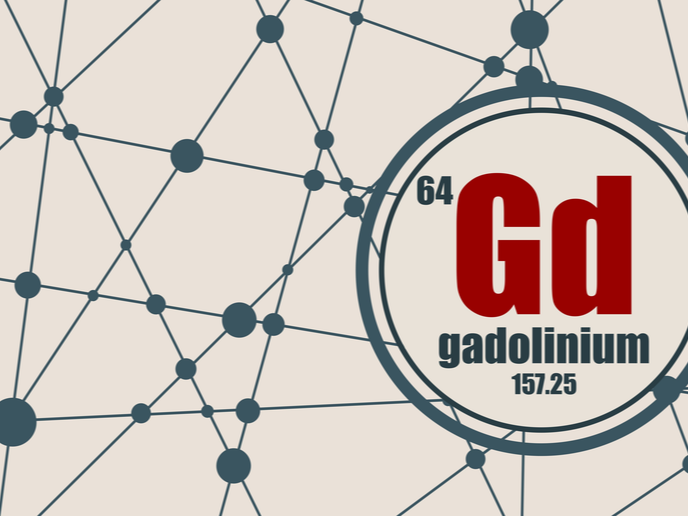Novel therapies for retinal degeneration
Age-related macular degeneration (AMD) is a retinal disease characterised by central vision loss due to the formation of new vessels. As a result, existing therapies aim to stop localised neovascularisation by inhibiting vascular endothelial growth factor (VEGF). However, retreatment is often necessary as the phenomenon recurs. It is therefore important to explore alternative molecular targets for the development of effective AMD therapies also capable of overcoming potential resistance to VEGF-targeted approaches. In this context, the EU-funded ANGIOBLOCK (Testing a novel target for anti-angiogenesis therapy in the eye) project set out to investigate the role of the angiogenic Neuropilin 1 (Nrp1) receptor as an attractive target for reducing neovascularisation during AMD. For this purpose, researchers generated transgenic mice lacking Nrp1 specifically in endothelial cells and induced retinal damage with a diode laser. Using spectral-domain optical coherence tomography, they were able to follow the lesion in vivo with extremely high resolution and precision. They observed that the lesions in Nrp1 knockout mice were smaller in area and volume compared to controls. Collectively, the ANGIOBLOCK observations indicate that Nrp1 constitutes a valid target for inhibiting neovascularisation in AMD, thereby providing an alternative therapeutic approach. This is a useful finding for the ophthalmology industry as soluble Nrp1 may serve to sequester VEGF in the lesion area and be used to treat patients who do not respond to the gold standard treatment.







